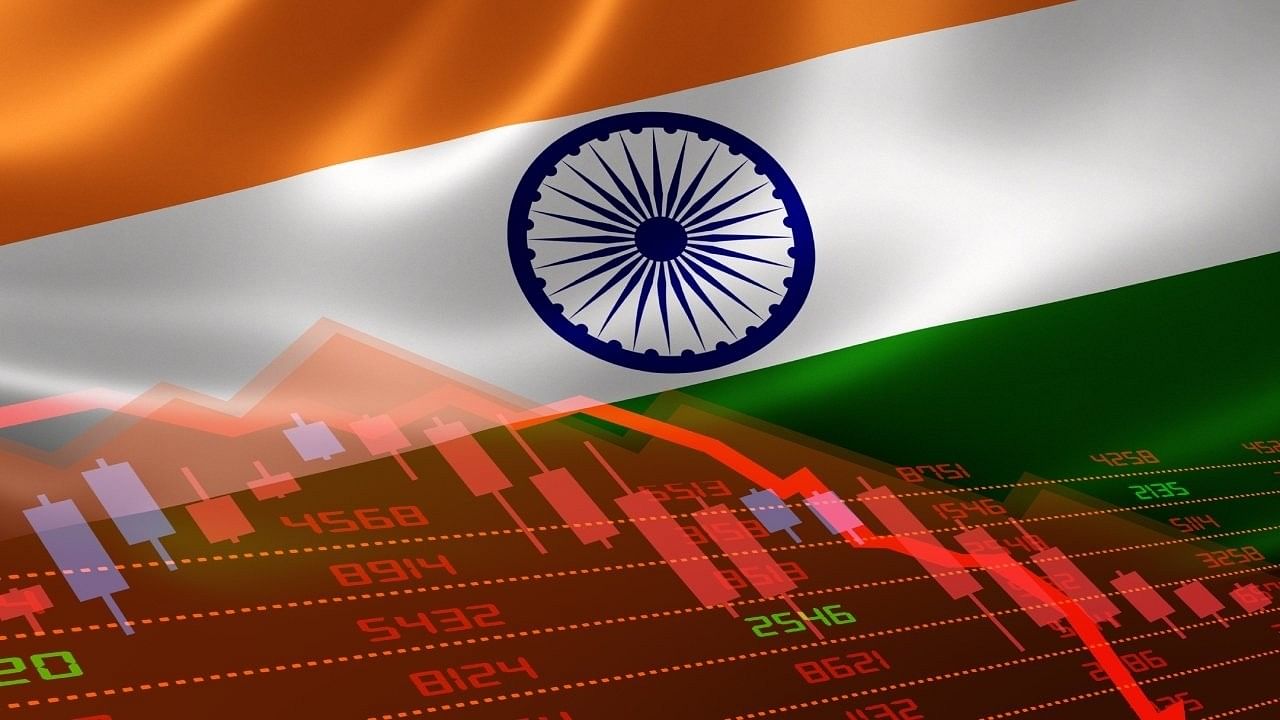
Representative image of fiscal deficit for central govt.
Credit: iStock Photo
ndia’s fiscal deficit, gap between the government’s income and spending, jumped to Rs 6.43 lakh crore in April-August period, which is 36 per cent of the full year estimate, due to a sharp jump in capital expenditure even though non-tax revenue jumped boosted by higher dividend by the Reserve Bank of India.
The fiscal deficit in the first five months of the current financial year is sharply higher than the corresponding period of last year, both in absolute terms and as a percentage of the full year estimate. During the April-August 2022 period, the fiscal deficit stood at Rs 5.42 lakh crore, which was 32.6 per cent of the FY2022-23 target of Rs 16.61 lakh crore. The government has pegged the fiscal deficit for 2023-24 at Rs 17.86 lakh crore.
As per data released by the Controller General of Accounts on Friday, total expenditure of the government of India in the first five months of the current financial year stood at Rs 16.71 lakh crore, which is 37.1 per cent of the full year target of Rs 45.03 lakh crore. In the corresponding period of last year, the total expenditure stood at 35.2 per cent of the full year target.
The fiscal deficit has widened despite a healthy increase in the government’s earnings. While net tax revenues in the April-August period jumped 15 per cent year-on-year, there was a whopping 80 per cent surge in non-tax revenue largely due to higher dividend by the RBI.
Higher than budgeted dividend surplus transfer of Rs 874.2 billion from the RBI is likely to provide some cushion to meet any undershooting in other revenues streams including disinvestment or potential overshooting in expenses, said Aditi Nayar, Chief Economist, ICRA.
The total expenditure incurred by the Government of India in April-August period stood at Rs 16,71,757 crore, which is 37.1 per cent of 2023-24 budget estimate. Out of this total expenditure, Rs 12,97,958 crore is on revenue account, while Rs 3,73,799 crore is on capital account.
Out of the total revenue expenditure incurred during the period under review, Rs 3,67,539 crore is on account of interest payments and Rs 1,80,739 crore is on account of major subsidies.
“On the expenditure side both revenue and capital expenditure growth has been stronger than the budgeted growth,” said Sunil Kumar Sinha, Principal Economist, India Ratings and Research.
The two weak points in FY24 fiscal arithmetic even at the time of presentation of budget were low revenue expenditure growth and disinvestment assumption, he added.
However, despite these two pressure points the government may be able to achieve its fiscal deficit target of 5.9 per cent of GDP in the current financial year, Sinha said.